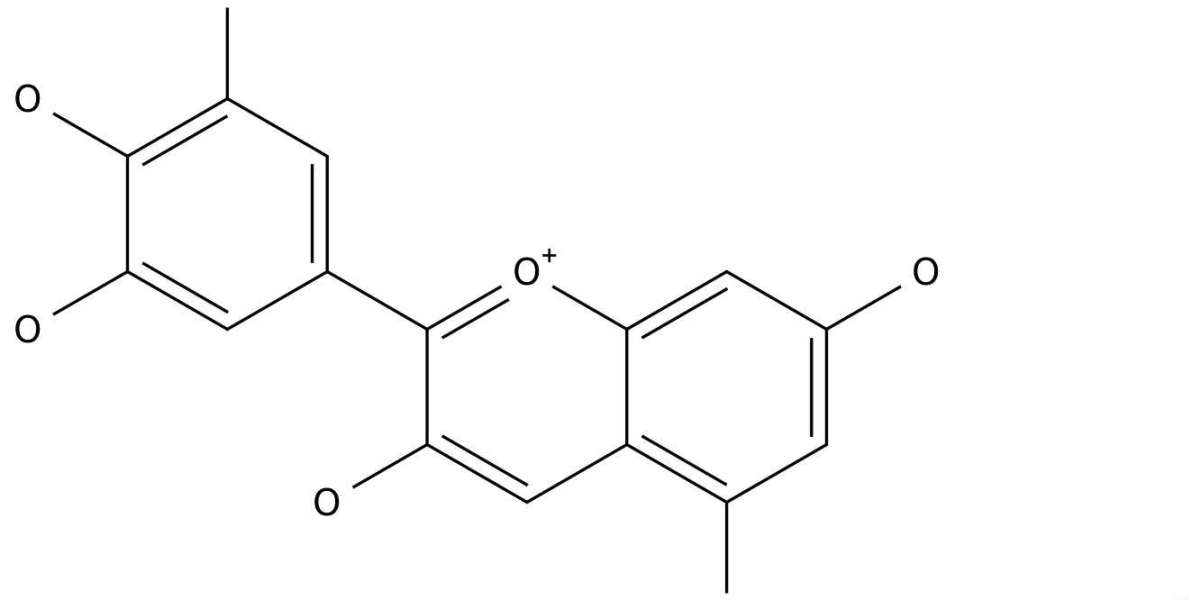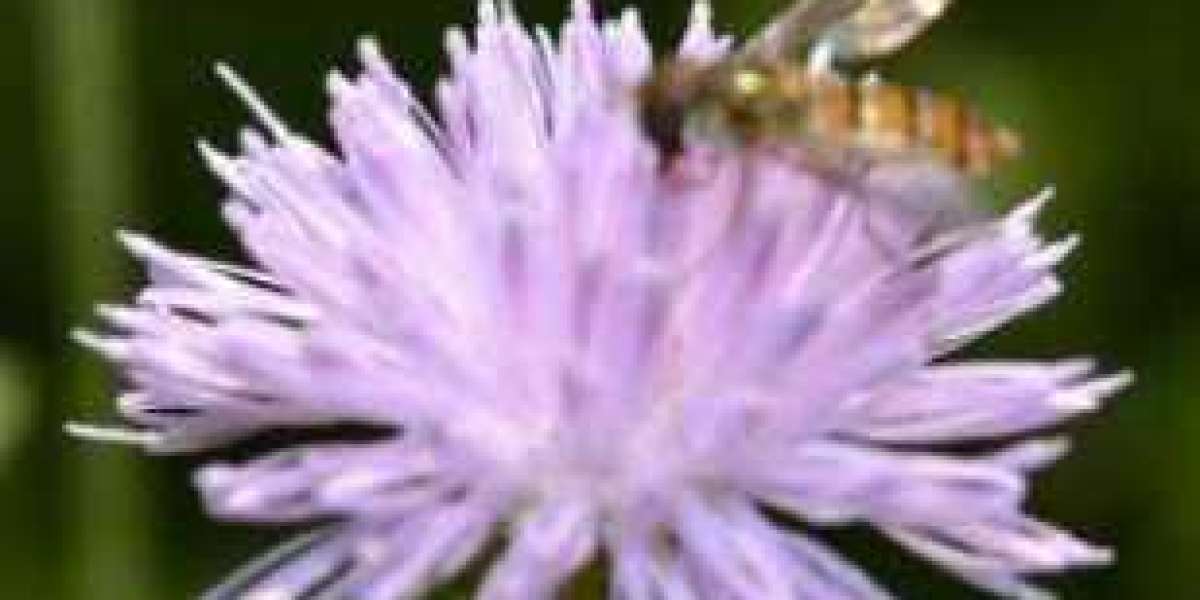Use of paraffin oils in agriculture and beyond: back to the future
Paraffin oils have been used for many years for their insecticidal properties, but relatively little research had been conducted towards their introduction into the agricultural praxis, due to their potential phytotoxic effects. In the recent years, however, there has been an increased interest in petroleum-based pesticides due to their compatibility with integrated pest management (IPM) programs. Various improvements in the refinement methods have enhanced the manufacture of commercial products with many advantageous features over the original oil formulas.
A 3-year pest management program on apple orchards based entirely on treatments with a commercial paraffinic oil proved overall successful by providing some additional control against the codling moth, Cydia pomonella, and greatly suppressed certain secondary pests, such as the leafroller, Pandemis pyrusana Kearfott, the white apple leafhopper, Typhlocyba pomaria McAtee, the woolly apple aphid, Eriosoma lanigerum Hausman, and some phytophagous tetranychid and eriophyid mites. In a following study, Fernandez et al. reported that when the same treatments targeted the apple powdery mildew, Podosphaera leucotricha Salm, the mullein bug, Campylomma verbasci and the rosy apple aphid, Dysaphis plantaginea, adequate suppression was achieved only in one out of the three years of the study.
Chueca et al. compared the insecticidal efficacy of commercial petroleum oils with different molecular structures at variant consentrations and found that there was a corresponding increase between the concentration, the n-paraffin carbon number, the coverage, the mean area of impacts and the insecticidal efficacy of the tested oils. Nicetic et al. attributed the low insecticidal performance of a plant-derived oil with nC55 to the different structure of molecules, as compared with paraffinic oil. The authors stated that the very large size of molecules of canola oil resulted in very high viscosity, high distillation temperature, low volatility, and thus to lower penetration into the respiratory tract of the pest tested.
Residues were found below the limit of quantification in apples and in the soil under the canopy of the trees, based on a residue analysis that was conducted after one day of application with the recommended label dose of a commercial paraffinic oil during spring and summer season. According to Tan et al., the distribution of petroleum oils in citrus was mainly detected in the outer cortex of stems of the citrus seedlings after 10 days of application with 4% v/v oil. Furthermore, in navel oranges trees treated within a range of concentrations using an nC23 oil, deposits were detected after 10 months of applications in stems of sprayed flushes or new unsprayed flushes which were produced 4 to 5 months after the oil application.














